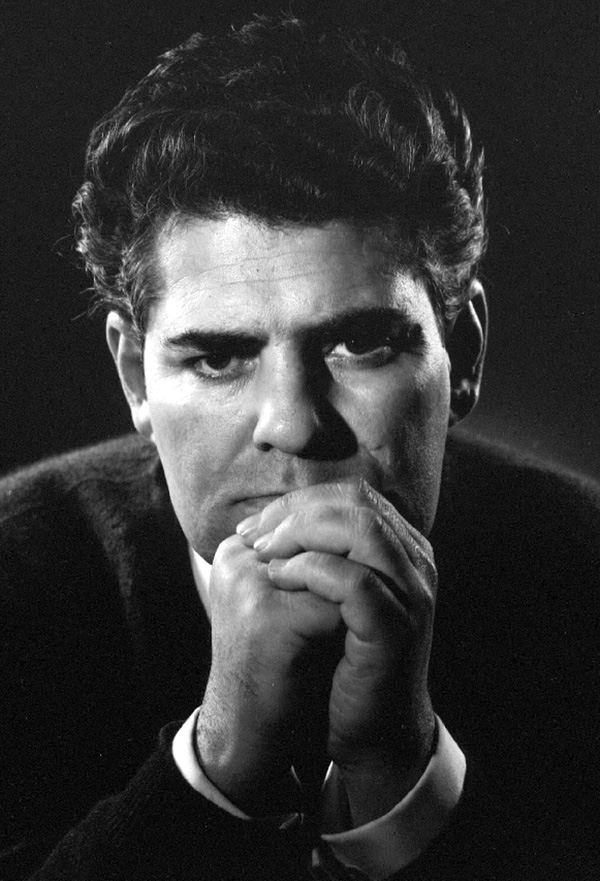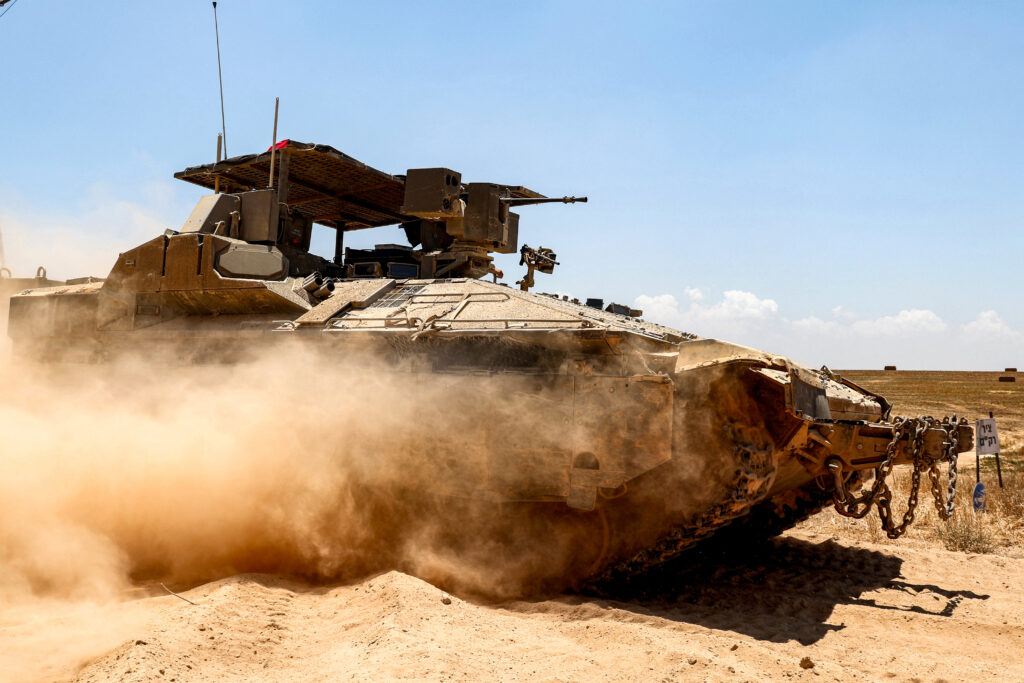Our new intern Jin Yin uncovers the contemporary influences and impact of poetry in contemporary Iranian society, and explores how it is used as a tool by the state to co-opt favourable opinions on the regime.
Art of War: State-sponsored Poetry in Iran
- - September 11, 2018

In the months after the conclusion of the 1978-79 Revolution and the installation of the Islamic state, the literary intelligentsia in Iran grew increasingly concerned about the nature of developments occurring in the country. It seemed that what was most repugnant to them constituted, for the religious conservatives, the most essential elements of their world view.[1] Flagrant transgressions, such as public flogging, stoning, and summary execution of political foes spurred poets to craft verse in protest, to condemn a post-monarchical reality which had turned out vastly different from what they had hoped. The disgust directed at the state was evident, for instance, in Ahmad Shamlu’s renowned poem, “Dar In Bunbas” (In This Blind Alley), in which he chronicled the brutality inflicted on man, and surmised in a misleadingly placid tone that the present was a ‘strange time’.
“Strange times, my dear.
He who knocks at the door in the noon of night
has come to kill the light.
Hide light in the larder.
There! butchers
stationed in streets
with bloody chopping-woods and cleavers.
Strange times, my dear.
And they chop smiles off lips
songs off the mouth.”
A segment from “Dar In Bunbast”, Ahmad Shamlu
The subsequent outpouring of critical literature on the state of affairs in the country, between February 1979 and June 1981, culminated in an informal declaration of war on the detractors within society by the Republic, on two fronts. The first entailed the direct repression of the writers who had hitherto been prominent for their opposition to the state — the most active members of the Writers’ Association of Iran, which was shuttered, were, for example, detained. The second involved the cultivation of an alternative coterie of “State poets”, who were nurtured with the dual aim of rivalling the authority of the secular poets who had been eminent in pre-revolutionary Iran, and amassing support for the regime.
To this end, Khomeini established cultural organisations, including the Center for Islamic Art and Thought (CIAT), and the Ministry of Islamic Culture and Guidance (MICG), in order to train a new generation of creative minds pliable to the will of the state. The CIAT, for example, produced a large body of state poetry, in conjunction with the Jung-i Surih , a state-owned literary journal which provided the opportunity for previously unpublished, young, enthusiastic, revolutionary poets to have their work recorded in print.
In the 1990s, under Ayatollah Khamenei, a more regimental process of choosing suitable poets was introduced, with the CIAT poetry office placed in charge of conducting it after 2003.The selection process entails referencing the results of official poetry festivals, lists of recent publications in the discipline, and tracking the record of existing literary circles.[2]. Those who perform outstandingly in the above areas are invited for poetry nights, which, since their inauguration in 2000, have been regularly attended by the leader of the Islamic Republic at that point in time.
A closer assessment of the large corpus of poetry which has been delivered in front of the leader between 2003 and 2013 has demonstrated a general trend of the poems falling into either one of the four broad categories, including religious verse, poetry addressing regional and local socio-political issues, poetry on the Iran-Iraq war, and poetry relating to personal longing. For poems dealing in socio-political challenges, for example, the state poets have, at the encouragement of the Ayatollah, articulated their views on the problems confronting society, albeit as a means of demonstrating their ideological conformity to the state, and drumming up support on the ground for the regime. Poetry on the Iran-Iraq war has served a similar purpose of enhancing the legitimacy of the state, by suggesting that the war undertaken was an effort by the government to defend the nation.
The poems have, in addition, constantly referenced a population deceived by ‘Westruckness’ across time. The conviction that the village represented ‘goodness in all its capacity’ is one which was shared by most of the Islamic Republican poets at the turn of the Revolution, and which has been ‘inherited’ by the next generation’[3]. Abbas Ahmadi’s “ Sheʿrhā-ye moʿtarezeh ” (Parenthetic Poems), crafted in 2013, aptly illustrates this.
“The cities build drunken skyscrapers,
The cities make idol worshippers of people
Our city, alas, drowned in the vicious West,
They drowned you in the heavy smoke of the cafe.”
A segment from “ Sheʿ rhā-ye moʿ tarezeh ”, Ahmad Shamlu
The state’s views towards these poets then is of them, in addition to being a way of directing attention away from the more secular intelligentsia , being a means through which the state is able to secure a hold on popular opinion, and sway it in their favour. Indeed, Khamenei himself had expressly maintained that ‘a crusade to reform the people’s lifestyle should be pursued in poetry’ — testament to the role state-supported poetry in Iran has come to play, as a supplemental function of the government to be mobilised in a wider endeavour to encourage conformity.
[1] Karimi-Hakkak, Ahmad. “Poetry against Piety: The Literary Response to the Iranian Revolution.” World Literature Today60, no. 2 (1986): 251-56. doi:10.2307/40141693.
[2] Shams, Fatemah. “The Dialectic of Poetry and Power in Iran.” February 2015.
[3] Shams, Fatemah. “The Village in Contemporary Persian Poetry”. February 2018.
More in This Series
More in This Series
- Jean-Loup Samaan
- - July 11, 2024
- Aisha Al-Sarihi, Ehsan Rasoulinezhad, Jinseok Sung
- - June 20, 2024








